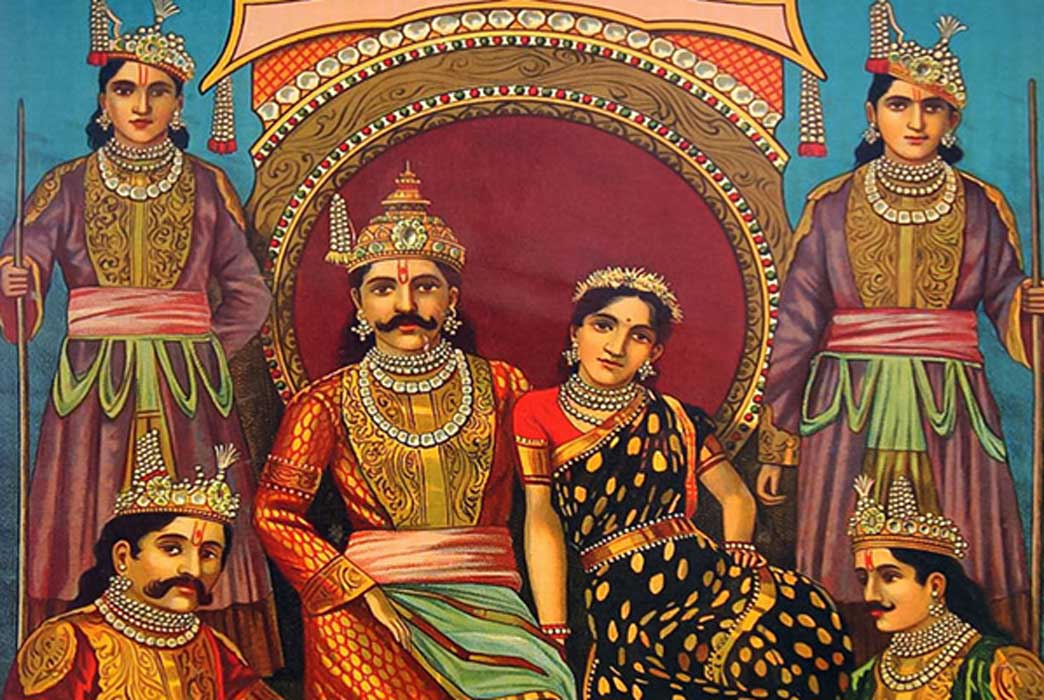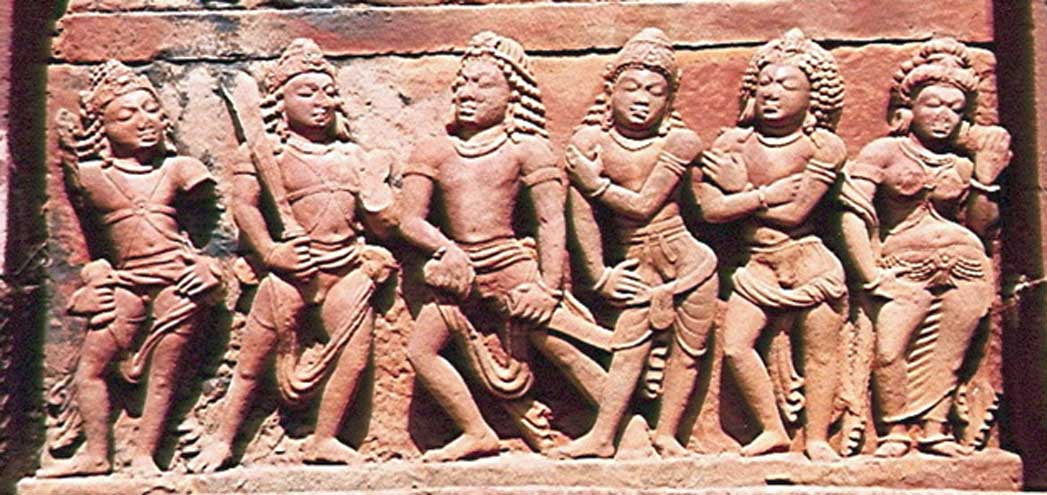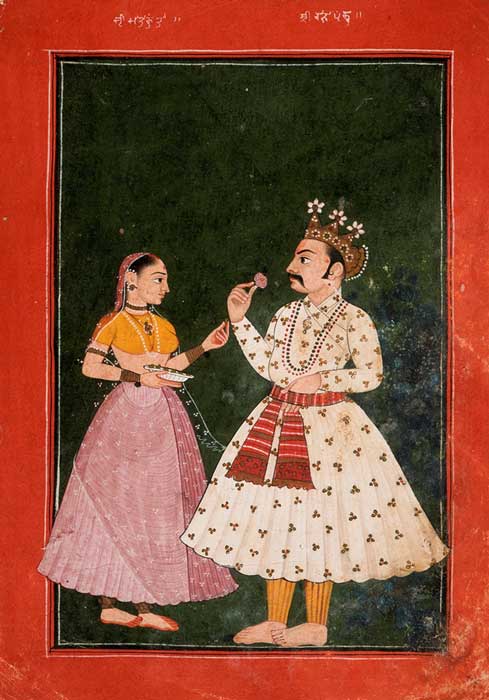
Impossible Quest to Have the ‘Perfect Man’? The 5 Imperfect Brothers of the Mahabharata
The two major Hindu epics, the Ramayana and the Mahabharata, still appear widely in popular folk drama, tales and art all over Southeast Asia with slight adaptations in all the myriad cultures of the region. Scenes from the epics are illustrated in the relief sculptures of temples such as the Angkor Wat in Cambodia, the Rama temple in Malaysia, and mural painting in Vat Oup Moung, a Buddhist monastery in Vientiane, Laos. The five Pandava brothers of Mahabharata especially became blue prints in many traditional cultures of the south and southeast Asia as the perfect heroes. Kings claim descendants of the brothers, and their names are used for temples and streets even to this day.

The five Pandava princes- heroes of the epic Mahabharata - with their shared wife-in-common named Draupadi. (Public Domain)
However, it is also well known that the five brothers are, in fact, not perfect. In the Javanese version of the story alone for example, the third brother, Arjuna, is depicted as a womanizer— marrying up to 12 wives, while the eldest, Yudhisthira, became a slave of Mo Limo (Five Deadly Sins of Ancient Java which include gambling). Each of the five brothers, at one time or another, are depicted as being too proud or too short sighted to be considered as good examples for generations of children. So, what makes the five Pandava brothers so popular?

From the Mahabharata, Krishna and Pandava Princes fight demons (Public Domain)
The Ancient Story of Mahabharata and the Birth of the Five Brothers
The story of Mahabharata is that of a dynastic struggle for the throne of Hastinapura, a kingdom ruled by the Kuru clan. The two branches of the family, the Kaurava and the Pandava, struggle to achieve domination of the kingdom. The struggle culminates in the battle of Kurukhsetra, in which the five Pandava brothers, the “protagonists” of the story, emerge victorious.
The acknowledged father of the Pandava brothers is Pandu, king of Hastinapura. The word Pandava means “descendants of Pandu”. However, they were not Pandu’s biological sons. They were in fact born from Pandu’s two wives, Kunti and Madri, from the boon given to Kunti by a sage, that she could bear a son by any god she wished.

Raja Pandu and Kunti, circa 1680. (Public Domain)




